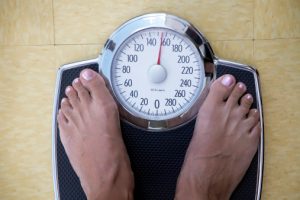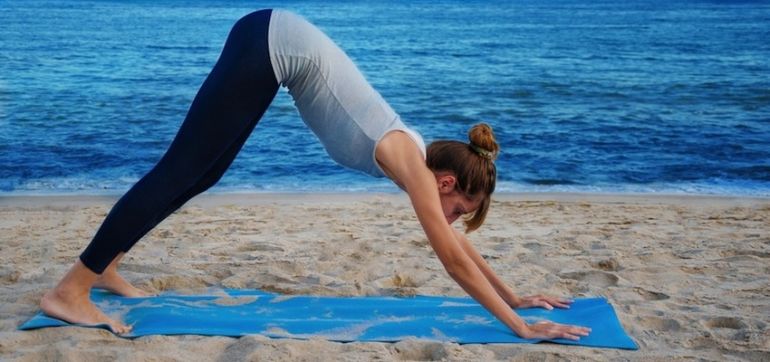The Basics of Liposuction Procedure
Liposuction procedure removes excess fat from specific areas in the body including the abdomen, waist, hips, thighs, buttocks, upper arms and legs. Liposuction procedure can also be done on the face, neck and chin and to remove excessive fats in the male breast.
Getting Ready for Liposuction
Before getting a liposuction procedure, you should discuss with your doctor your medical history. Let him or her know of any health conditions you might have or if you are taking any medications. In addition, your doctor should explain to you in detail what you could expect during and after the liposuction procedure. Be open about your own expectations and concerns.
Your doctor will also advise you on how to best prepare yourself for a liposuction procedure. For instance, if you smoke then your doctor may ask you to quit a couple of months prior to your surgery to help reduce the risk of blood clotting. You may also have to skip meals several hours before surgery depending on the type of liposuction procedure you are having. Your doctor will tell you to avoid certain drugs such as aspirin and others that thin the blood.
Method & Techniques
In a liposuction procedure, the doctor makes incisions in the skin to allow the insertion of the cannula, a thin tube attached to the machine that suctions the fat from the body. An intravenous line (IV) may be used to replace the body fluids that are drained out along with fat. Depending on the scale of your liposuction procedure, you may be given either a local anesthetic to numb just the area to be operated on or a general anesthetic, which will make you unconscious throughout the entire surgery.
If you are having large amounts of fat removed or more than one liposuction procedure, you most likely will have to stay at the hospital overnight. Otherwise, you may go home a few hours after surgery.
Two common techniques in liposuction procedure are tumescent liposuction and ultrasound-assisted liposuction. In tumescent liposuction procedure, the first step before the doctor cuts into the skin is to make the area of the body where fat is to be removed expand and firm up by injecting a large amount of fluid into it. This fluid, which contains anesthetic and the drug epinephrine, reduces pain and blood loss. In ultrasound-assisted liposuction, the tip of the cannula generates ultrasound waves that liquefy fat before it is suctioned. This technique is effective in targeting fatty deposits that are fibrous.
What to expect after liposuction
After liposuction procedure, expect discomfort, some pain, swelling, numbness and bruising. These are all normal post-surgery effects that will eventually subside. To reduce inflammation, you may have to use compression garments for a short number of weeks. Doctors usually prescribe that you take antibiotics to prevent infections. It may take a few days or weeks before you will be able to go back to your usual activities. Do not expect a sudden total change in your appearance a couple of weeks after liposuction or you may be disappointed. Usually, results start to show about three to six months after surgery.
Liposuction procedure is ideal for individuals who are in good physical condition but have unwanted or excess deposits of fat in specific body parts that are resistant to regular exercise. It is neither a weight-loss nor a cellulite-removal treatment.
-
7 Easy Ways to Get Your Weight Loss Diet to Work
Although it’s now clear that the key to long-term weight loss is based
-
How To Achieve A Medifast Weight Loss Through The Medifast Diet Plan
Theres really no question that everybody wants to look and feel good a
-
Weight loss for Couch Potatoes - Dont Get up, Ill Explain...
+++ Youre fat and you know it! Now Im going to tell you something
-
Are False Assumptions Keeping You From Your Weight Loss Goals
If you are not at your goal weight, this is due to one thing only: som
-
The Ten Fat Loss Mistakes You Are Making at the Gym – Part 2
People who go to the gym in an effort to lose body fat often don’
-
Got Food Serving Smarts
Breakfast, lunch, and dinner - more Americans are eating out these day
- DON'T MISS
- Calories and Carbs in Beer – How Bad are Your Favorite Beers?
- What Are The Options To Treat Obesity?
- Are You Involved in Family Dinner? Why Closeness Matters in Reducing Childhood Obesity
- 5 Leading Fat Loss Fables
- Weight Loss Methods - Sneaky Tricks For Losing Weight
- Six Secrets to Losing Weight Quickly
- Proper Dieting Proven To Be More Effective for Weight Loss Than Exercise Alone
- 8 Simple Diet Tips To Keep You On Track
- Feel Better-- it Doesnt Take Very Much!
- What is Real Hunger?




